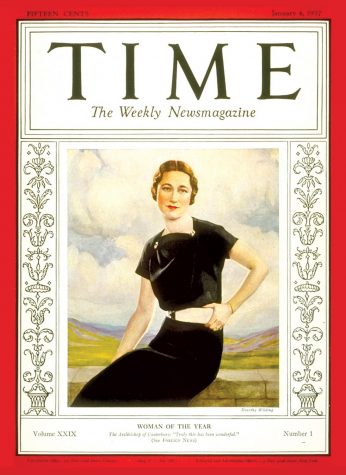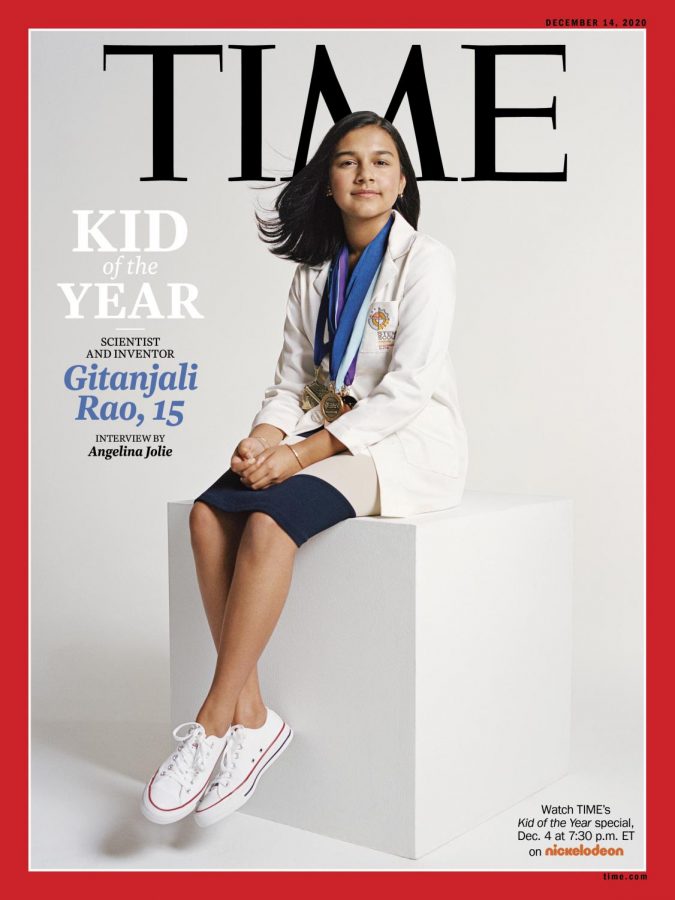Time’s First Ever Kid of the Year
February 23, 2021
BY MCKENZIE ZOBRIST
Since the 1920’s, “Time Magazine” has published a feature on a specific “Person of the Year” that held a great impact on the previous year. When it first started, the section was called “Time’s Man of the Year”, but, in 1936, Wallis Simpson, the Duchess of Windsor who started an abdication crisis, became the first female to gain the honor.
Since then, 6 individual women have received the honor, and only one of them has been a child.
You may recall 16 year old Greta Thunberg as Time’s Person of the Year 2019, and now you may recognize the name Gitanjali Rao as Time’s first ever Kid of the Year 2020. At just 15, Rao is best known for her app and device called Tethys which uses carbon nanotube sensors to detect lead in water. At 9 years old, she was inspired to help with water contamination after the Flint water crisis in 2014. Since Tethys, she’s also created Kindly, an app to combat cyberbullying, and Epoine, a device and app to detect opioid addiction.
Rao, one of five finalists, told Time Magazine: “Don’t try to fix every problem, just focus on one that excites you. If I can do it, anybody can do it.” STEM excites Rao. When she was three, her uncle gave her a science kit as a gift. Rao told Time the gift initiated her curiosity in STEM.

In an interview with Angelina Jolie, a well-known actress, Rao explained how she doesn’t look like a typical scientist: old, white, male. She said, “It’s weird to me that it was almost like people had assigned roles, regarding their gender, their age, the color of their skin. My goal has really shifted not only from creating my own devices to solve the world’s problems, but inspiring others to do the same as well.”
At 15, she’s begun workshops for students to attend. The goal of these workshops is to “observe, brainstorm, research, build, and communicate,” she told Jolie. In just 45 minutes students have an idea of what they’re passionate about. Rao explained, “At the end, everyone has something they can start working on. If you can do this in 45 minutes to an hour, imagine what you can do if you spend months and months working on it.”
Now, Rao is working on a device and app that easily and affordably detects bio-contaminants in water. Because she’s interested in genetics, she is developing a ge

ne-based therapy solution to solve this problem.
Even though we all aren’t interested in STEM or complex sciences, Rao explained, “I think more than anything right now, we just need to find that one thing we’re passionate about and solve it. Even if it’s something as small as, I want to find an easy way to pick up litter. Everything makes a difference. Don’t feel pressured to come up with something big.”
What are you passionate about?

